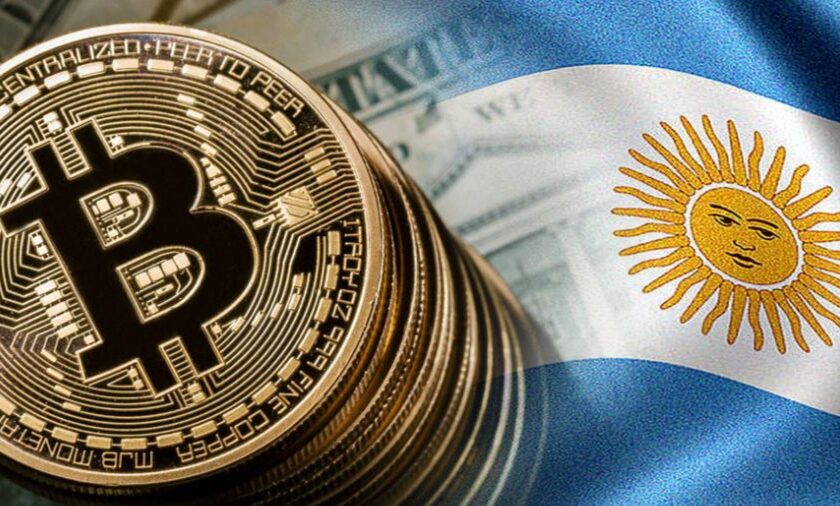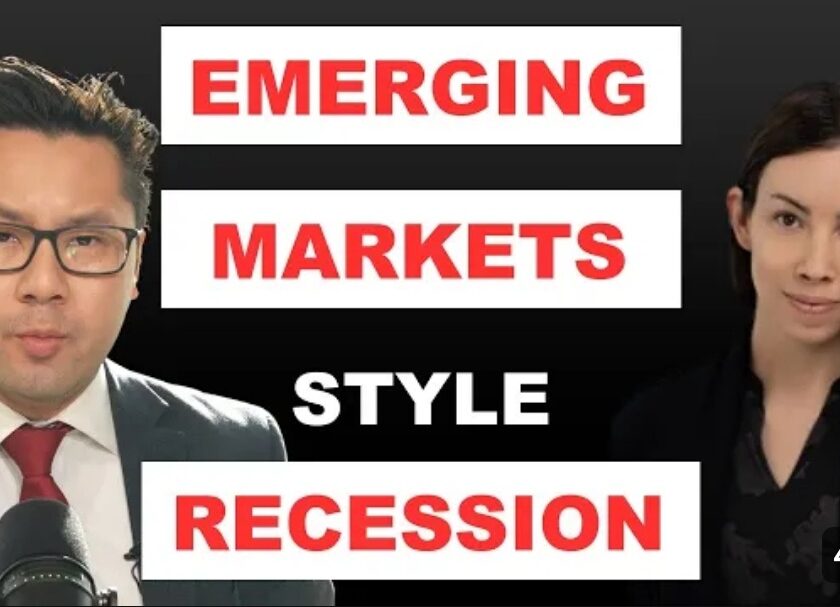Behind the ostensible government sits enthroned an invisible government owing no allegiance and acknowledging no responsibility to the people.
Thedore Roosvelt
Renowned for his progressive policies and fervent advocacy for social justice, Theodore Roosevelt, the 26th President of the United States, left an indelible mark on American history. Amidst his many insights, one quote stands out: “Behind the ostensible government sits enthroned an invisible government owing no allegiance and acknowledging no responsibility to the people.”
In the context of this quote, Roosevelt alludes to an unseen power structure exerting influence beyond the reach of elected governments, operating without accountability to the citizens it purportedly serves. This notion of an “invisible government” sets the stage for exploring how Bitcoin, with its inherent features of transparency, decentralization, and democratic governance, could emerge as a powerful solution in the ongoing battle against corruption.
Bitcoin’s Role in Promoting Transparency:
While Bitcoin cannot single-handedly dismantle such structures, it possesses the potential to serve as a formidable tool in the fight against corruption, particularly by promoting financial transparency and decentralization. At the core of Bitcoin’s capabilities lies blockchain technology, which records all transactions on a publicly accessible ledger. This transparency makes it significantly challenging for corrupt entities to conceal their activities, as every transaction is visible and traceable by anyone with an internet connection.
Decentralization as a Safeguard:
The decentralized nature of Bitcoin further strengthens its role as a potential solution. Unlike traditional financial systems, Bitcoin operates without a central authority, mitigating the risk of manipulation or censorship by any single entity. This lack of a central governing body ensures that the currency remains resilient against undue influence, fostering a system that is resistant to corruption and manipulation.
Democratic Decision-Making:
Bitcoin’s governance model introduces an additional layer of accountability through democratic decision-making. In stark contrast to traditional fiat currencies controlled by central banks and governments, Bitcoin’s decentralized structure allows all participants to have a voice in determining the project’s direction. This inclusivity ensures that decisions are made collectively, reducing the likelihood of unilateral actions that may not align with the interests of the broader population.
Conclusion:
In the quest for combating corruption and promoting financial transparency, Bitcoin emerges as a promising tool. Its blockchain technology, decentralization, and democratic governance model collectively contribute to a system that challenges the opaque power structures alluded to by Roosevelt. As the world navigates the complexities of governance and accountability, exploring the potential of Bitcoin in reshaping the financial landscape offers a glimpse into a future where transparency and decentralization could play pivotal roles in fostering a more just and accountable society.



